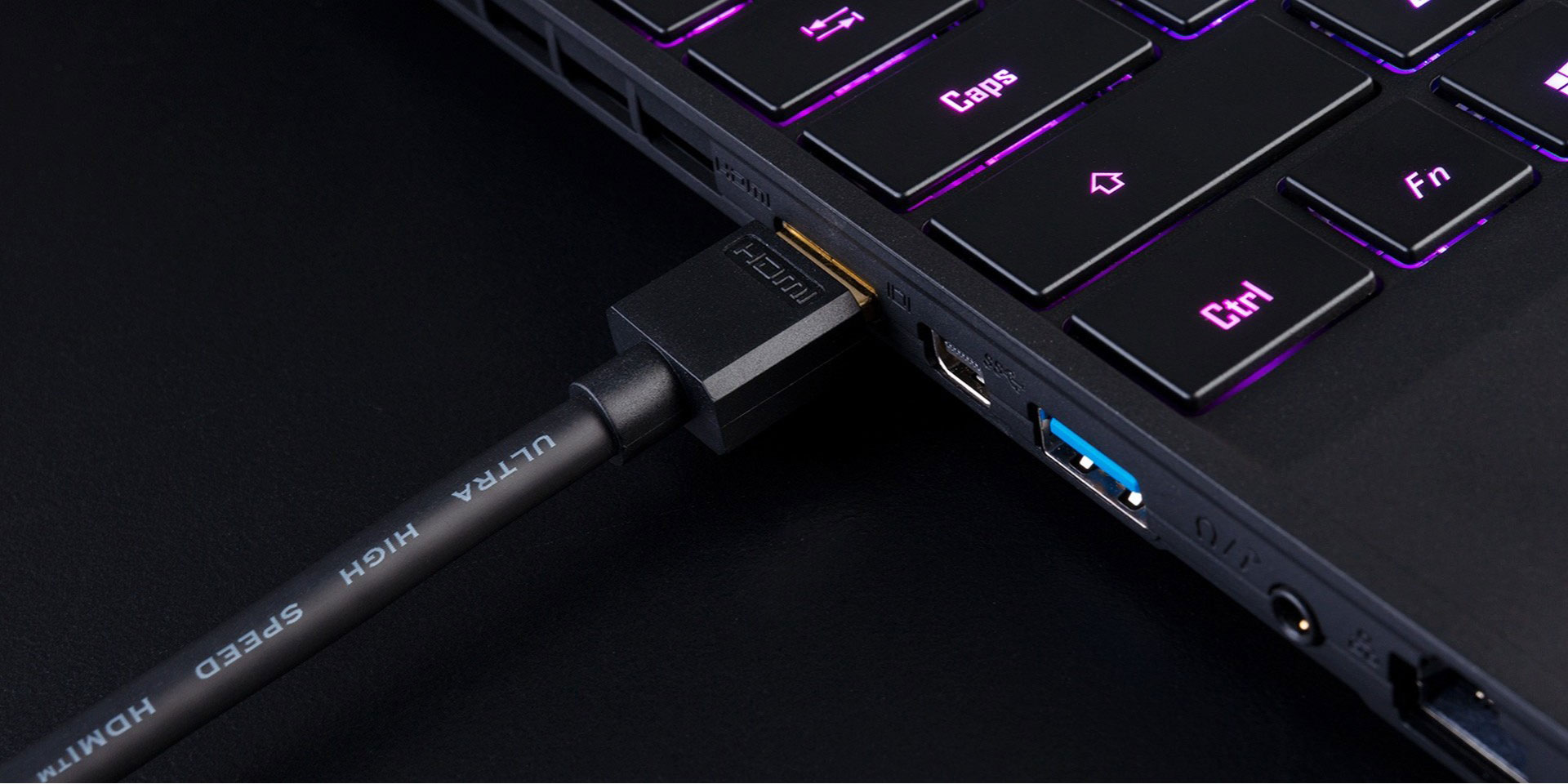As technological landscapes evolve, HDMI also doesn’t stop to be improved. Having other types in addition to standard HDMI, it always makes me wonder if these compact connectors will stand the test of time or if alternative solutions are on the horizon. I’ll just compare micro HDMI vs mini HDMI for you so that you won’t be confused anymore.
Explaining Micro HDMI and Mini HDMI
Before I go into Micro and Mini HDMI details, I think it would be useful to remind you what HDMI is. It is also known as Type A HDMI and is the most widely used type, found on a variety of devices such as TVs, Blu-ray players, games consoles, home theater receivers, and more. Standard cables and connectors are available in various versions, each introducing certain features and capabilities. The versions include HDMI 1.4, HDMI 2.0, HDMI 2.0a, HDMI 2.0b, and HDMI 2.1. A range of video resolutions are offered, including SD, HD, Full HD (1080p), and Ultra HD (4K). However, the supported resolution may vary based on the HDMI version.
Micro HDMI, or Type D, is a compact version of the HDMI standard (6,4 х 2,8 mm) used for transmitting audio and video signals between devices. The Micro connector is smaller than the standard, making it suitable for portable devices where space is limited. It became possible to fit all 19 pins into this form while retaining all the HDMI capabilities in this minuscule form.
Despite its smaller size, it supports the same video and audio resolutions as the standard HDMI, including HD and Ultra HD (4K) formats. This allows you to connect your portable equipment to larger displays such as TVs, monitors, or projectors and enjoy high-quality multimedia content. But to be honest, this type is less used.
I also want to note that it’s possible to use it with a standard port, but you need an adapter or a cable with a Micro HDMI on one end and a standard HDMI on the other. Additionally, not all devices come with Micro HDMI ports, and some manufacturers have transitioned to other connectivity options like USB Type-C for newer devices.
Mini HDMI, or Type C, is also more compact than the standard connector but larger than Micro – 10,42 x 2,42 mm. Basically, it’s only about HDMI sizes. Like the previous type, it supports all common video and audio resolutions in addition to HD and Ultra HD (4K) formats. Mini is in greater demand but not as much as type A. It is the most popular connection type. From my experience, it’s a rare case when you would need a Type D connector.
What is the difference?

Even though these HDMI connector types offer almost identical functionality, I’ve made a table so you can visually understand and compare them.
| Feature | Mini HDMI (Type C) | Micro HDMI (Type D) |
|---|---|---|
| Size | Larger, rectangular shape | Smaller, rectangular shape |
| Pin configuration | 19 pins | 19 pins |
| Common devices | Digital cameras, camcorders, some laptops or tablets | Smartphones, tablets, compact digital cameras |
| Usage | High-definition video and audio signals transmitting | High-definition video and audio signals transmitting |
| Adapters | May need adapters or specific cables | May need adapters or specific cables |
The choice between HDMI connector sizes depends only on the devices you own and their port types. I recommend considering future devices and trends. Newer equipment may opt for alternative connection options like USB Type-C, so assess whether the devices you plan to use in the future might shift away from Mini or Micro HDMI.
Don’t forget to check if the required cable length is available for your chosen HDMI type. Additionally, consider the cable’s flexibility, especially if you need to navigate tight spaces or connect devices that might be moved around frequently.
Ultimately, there is no inherent superiority of one over the other or difference between HDMI and mini HDMI. If you have a variety of devices, you might find it helpful to have both types of cables or adapters on hand to ensure compatibility across different gadgets.








